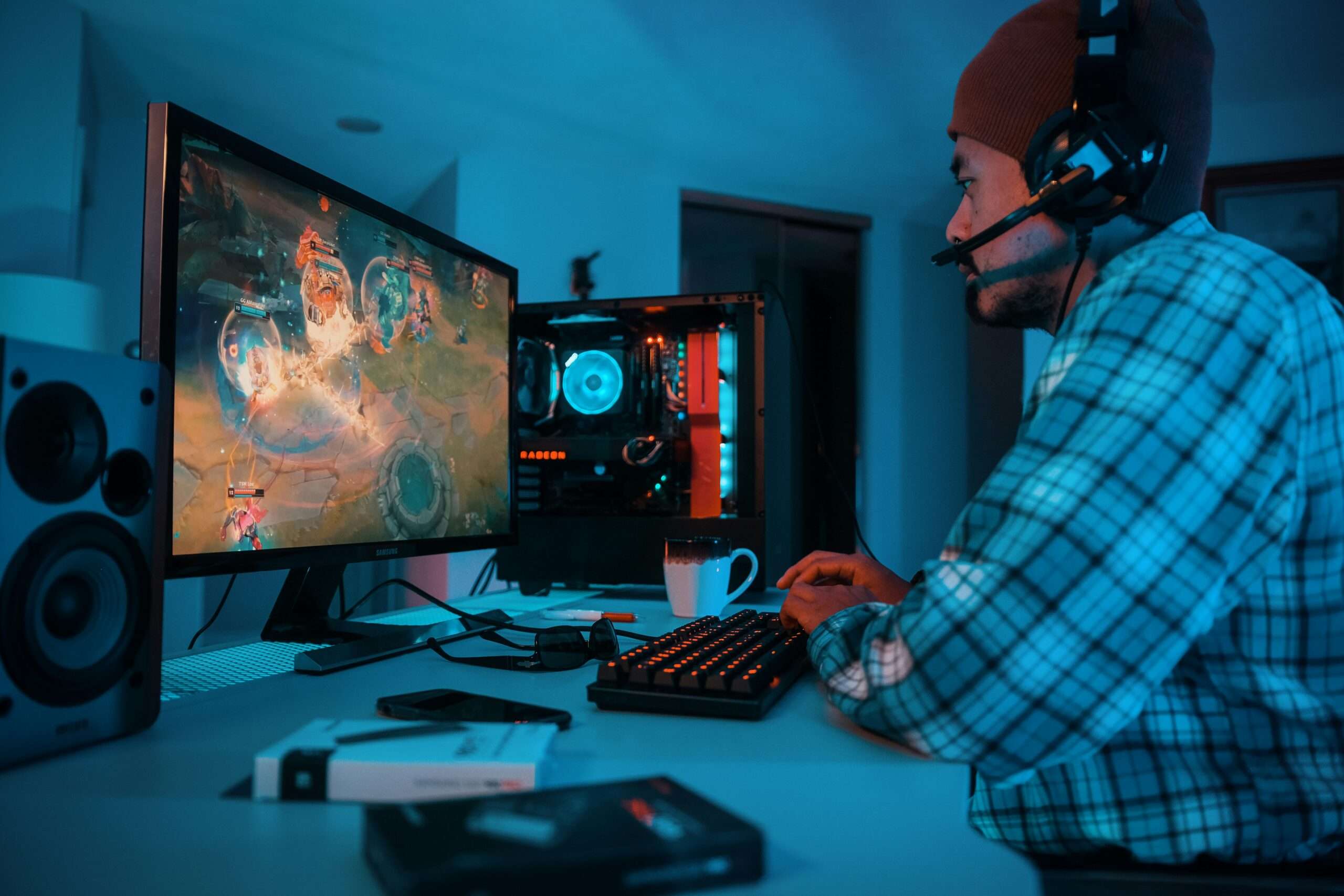When you’re in the market for a gaming monitor and browsing specs like “rate”, “Hz”, and “FPS,” it’s easy to get caught up in the technical jargon! Fret not—grasping the concept of refresh rate is key to making a smart choice when picking out your gaming gear as a newbie in gaming monitors.
Why does refresh rate matter in gaming?
How does a higher refresh rate improve gameplay?
What is the difference between refresh rate and frame rate?
How does refresh rate affect motion blur in games?
What is input lag, and how does refresh rate influence it?
Do I need a high refresh rate monitor for console gaming?
What Is Refresh Rate?
A number one characteristic of the monitor is its refresh rate, which tells how frequently the display refreshes an image produced on the screen per second. Its built-in frequency is measured in Hertz (Hz). For example, a higher refresh rate monitor means that the image on the screen is updated 60 times every second for a 60Hz refresh rate monitor and it is updated 144 times every second for a 144Hz refresh rate monitor.
Why Does Refresh Rate Matter?
The refresh rate plays a role in determining the smoothness and fluidity of the visuals you see on your screen, where a higher refresh rate results in the monitor showing more frames per second (FPS) enhancing the overall viewing experience to be more seamless and engagingly immersive.
- In high-speed games like first-person shooters (FPSs), timing is crucial for success as even the smallest time increments matter greatly to the player’s experience and performance, on screen.
- When watching moving scenes on a screen motion blur can make the images look smeared together. To minimize this effect. Enjoy a clearer picture during quick actions or scenes with a lot of movement, on the screen.
- There’s a term called input delay which refers to the time lapse between your actions (such as pressing a button) and the corresponding display response on the screen; a heightened refresh rate can diminish this delay. Enhance gameplay responsiveness significantly—particularly crucial, in competitive gaming scenarios where even split-second advantages matter greatly.

How Refresh Rate Affects Gaming
Now that we understand refresh rate and why it matters, let’s examine how it specifically affects your gaming experience.
- Frame Rate and Refresh Rate Sync: To take full advantage of a high refresh rate monitor, your gaming setup must produce enough frames per second (FPS) to match the refresh rate. For example, if you have a 144Hz monitor, your GPU should be able to output 144 FPS in your games. Otherwise, you won’t see the full benefit of the higher refresh rate.
- Compatibility with Gaming Consoles: If you’re gaming on a console, keep in mind that most consoles are optimized for 60Hz displays. However, with the advent of next-gen consoles like the PlayStation 5 and Xbox Series X, which support higher frame rates, a monitor with a higher refresh rate can enhance your console gaming experience.
- Choosing the Right Refresh Rate: While higher refresh rates are generally better, they come with a cost. Monitors with 144Hz or 240Hz refresh rates are typically more expensive than their 60Hz counterparts. If you’re primarily playing competitive games, investing in a higher refresh rate monitor is worthwhile. However, for casual gamers, a 60Hz or 75Hz monitor might be sufficient, especially if your hardware can’t consistently deliver high FPS.
- Refresh Rate vs. Resolution: There’s often a trade-off between refresh rate and resolution. Higher resolution monitors (like 4K) may have lower refresh rates, while monitors with higher refresh rates (like 240Hz) often come with lower resolutions (like 1080p). Consider what’s more important to you—higher visual detail or smoother motion—and choose a monitor accordingly.
Adaptive Sync Technologies: G-Sync and FreeSync
For a seamless refresh rate experience, most gaming monitors incorporate adaptive sync technologies, which include both NVIDIA G-SYNC and AMD Free-Sync. These technologies ensure that the monitor refresh rate and the GPU frame rate are in harmony to reduce screen tearing and stutters for better gameplay. If your graphic card supports either of these technologies, try to find a monitor that has a similar feature to fully utilize your setup.
Conclusion: Finding the Balance
To select a suitable gaming monitor, it is important to comprehend the refresh rate. It is not just about higher numbers; it’s about balancing with your gaming style and hardware. For instance, a competitive gamer who wants to ensure every possible edge should understand how the refresh rate affects their gameplay.
In choosing a new gaming monitor, think of the types of games you play, what your gaming machine can handle, and how deep your pockets are willing to go. By having the right refresh rate, you can take your gaming experience to another level thereby making sure every movement on screen is fluid and reactive.
Are you confused about whether you should set up a dual-monitor or an ultra-wide one? Check out another article on Dual Monitors Or Ultrawide: Which one is Right For You?




